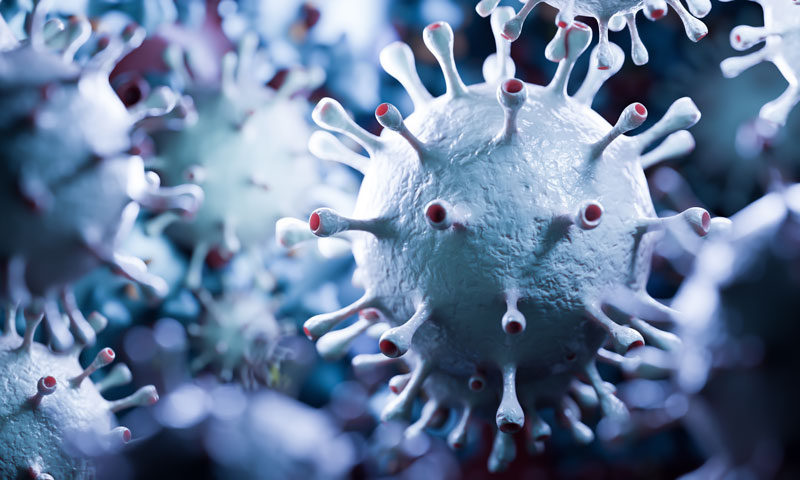We often receive inquiries about how vigilant we are regarding the safety and welfare of the patients we evaluate, admit and treat and our staff. Understand that at Tully Hill, this is an immediate priority during this pandemic (see our COVID-19 policies, click here).
With the onset of COVID-19, we also have come to realize there may be considerable confusion about and misunderstanding of the pandemic. To help clarify its specifics, we’re providing the following information, some of which is not new but certainly worth repeating…
- What is a virus? A virus is a very small microorganism. Most viruses are many, many times smaller than bacteria (about 1/100 the size); so small that most cannot even be seen by a light microscope. Viruses infect all living organisms and some may even infect bacteria. Viruses infect other organisms for the purpose of replication (reproduction) as viruses are unable to do so outside of a host cell. Viruses essentially hijack the cells of a host organism and force it to make thousands of copies of the infecting virus. Though viruses have genetic material and evolve, they do not have cellular structure and they do not have their own metabolism. Viruses depend on host cells for metabolism and reproduction. Viruses come in several different shapes and sizes and can impact their host cells in different ways.
- What is SARS-Coronavirus-2? Severe Acute Respiratory Syndrome (SARS) Coronavirus 2 is a strain of the virus species called Severe Acute Respiratory Syndrome-related Coronavirus.
- What is COVID-19? COVID-19, also known as SARS-COVID-19 or Coronavirus Disease 2019, is the name given the pandemic caused by the Severe Acute Respiratory Syndrome (SARS) Coronavirus 2.
- What is a pandemic? A pandemic is essentially a very large epidemic. An epidemic is the relatively fast spread of an infectious disease to a large amount of people in a certain population. Pandemics generally affect populations worldwide or on several continents. Widespread infectious diseases that affect stable numbers of people are not considered pandemics.
- Is SARS-COVID-19 a “flu”? The “flu”, properly called Influenza, is an illness caused by a very different species of virus. Given that many signs and symptoms of COVID-19 may be similar to those seen with Influenza, some manifestations of COVID-19 are termed “Influenza-like Illness”.
- Is there a vaccine for SARS-Coronavirus-2? Not yet, but studies including human trials are underway. A time frame for development is difficult to predict at this time.
- Are there treatments for SARS-COVID-2 Infection? Yes and no. There are no specific targeted treatments but many of the supportive measures have been quite successful. Successful treatment often depends on the patient’s underlying health as well as some other factors.
- What are the best ways to prevent infection with SARS-COVID-2? Social distancing, hand hygiene, and avoiding touching the face especially the eyes, mouth and nose. Keeping surfaces clean and maximizing ventilation are also important. People who are ill with the virus or may be ill with the virus should avoid situations that may contribute to spreading the illness.







